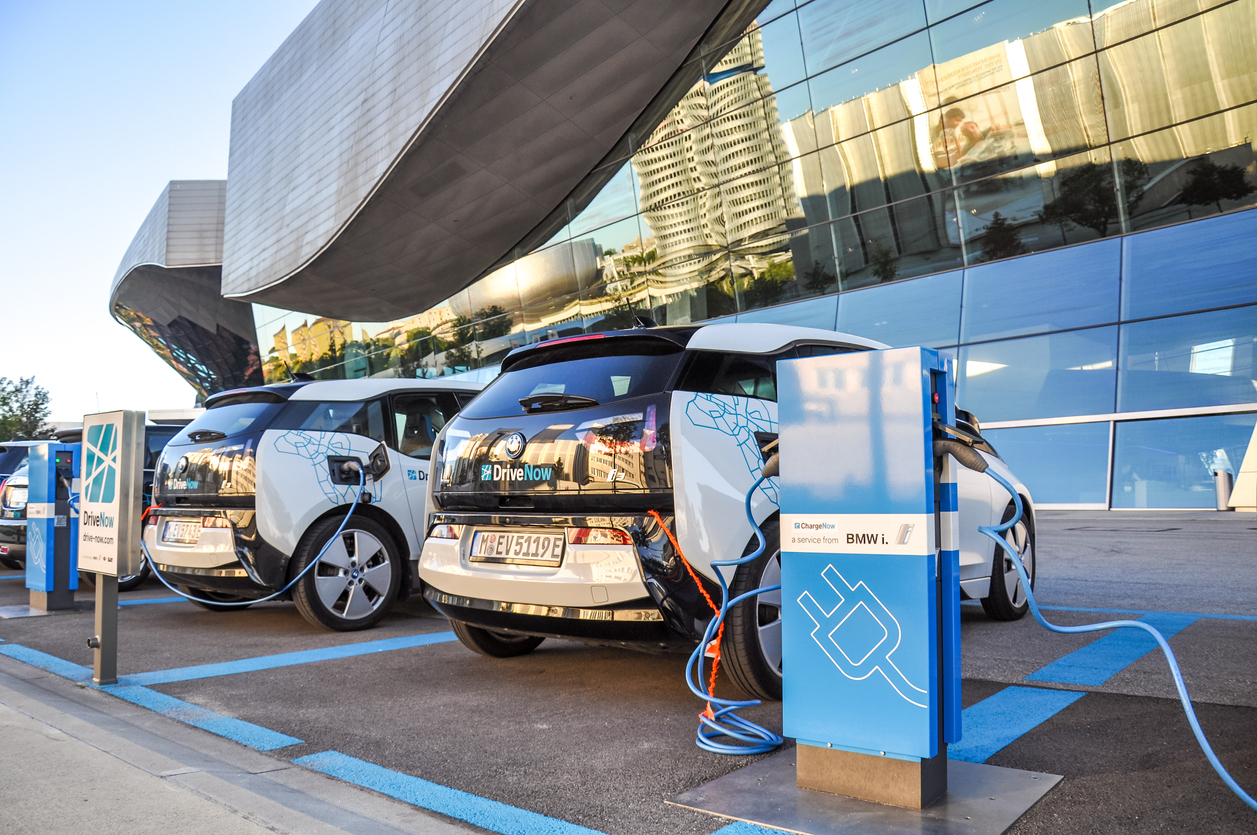
Battery swap: India’s new way to achieve mass electrification

India’s goal to achieve mass electrification has given rise to a new trend – swapping used batteries for charged ones – which even China, which boasts of the largest Electronic Vehicles market is yet to master.
Battery swapping is slowly catching up in Indian cities and localities, where people frequent local provision stores or retail outlets to swap their used batteries for recharged ones. The trend, supported by the government, would not only help India cut down on transport emissions, but also give a fillip to its electric footprint.
The government has also proposed a draft policy for EV battery swapping and is looking for sites along emission-heavy highways to set up battery swapping and charging stations.
A report in Bloomberg says, several Indian start-ups have tapped into the trend.
Sheru, a tech start-up, for instance is working with shareholders across the energy storage value chain to enable electric auto-rickshaw drivers change batteries at retail shops or rent recharged ones.
Similarly, Battery Smart, has tied up with domestic battery manufacturers to build a swapping network. The company recently raised $25 million in a funding round led by Tiger Global.
Another company Sun Mobility has collaborated with Amazon India in Maharashtra to install swapping stations at Amazon’s warehouses.
The trend has picked up pace and is promising as it cuts the cost of commute while increasing energy efficiency. It is also helping in reducing emissions to a large extent with the Indian vehicle market majorly dominated by two and three-wheelers.
While the government’s policy draft on battery swapping would be the next step to expand the trend, it would need to approval of states and investment in smaller, more populated and polluted tier 3 cities, Bloomberg said.
While the Centre would also be required to get state enterprises on board, its main challenge would be to use the same technique of battery swap for cars in the future.
Lessons learnt by global carmakers and auto start-ups tell us that winning such a challenge is highly unlikely.
Tesla initially tried the battery swap technique, but gave up after setting up just one battery station. Better Place, the now defunct venture-capital-backed firm which had tied up with Renault-Nissan for 1 lakh EVs, had started developing and selling battery charging and swapping stations. But just two years after setting up its first station in Israel in 2011, the firm filed for bankruptcy as the whole affair turned out to be expensive.


